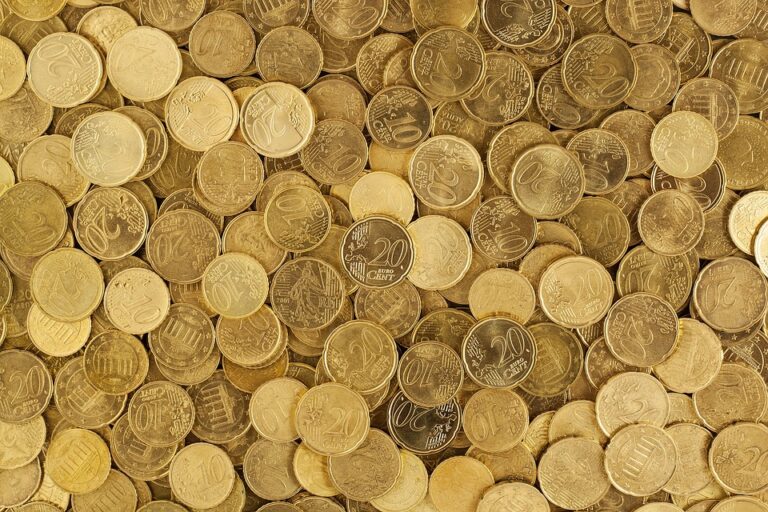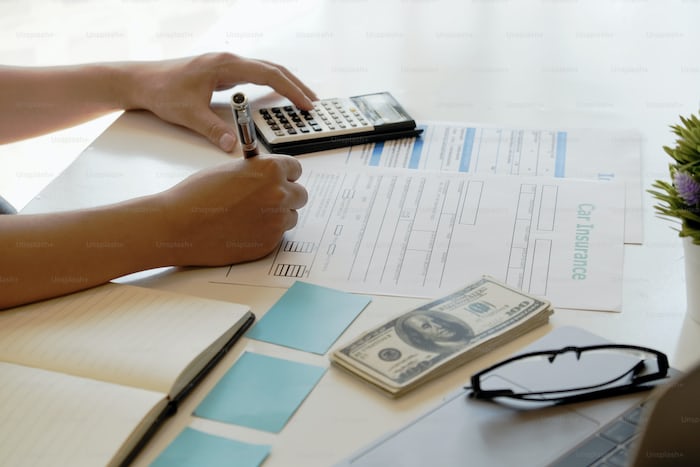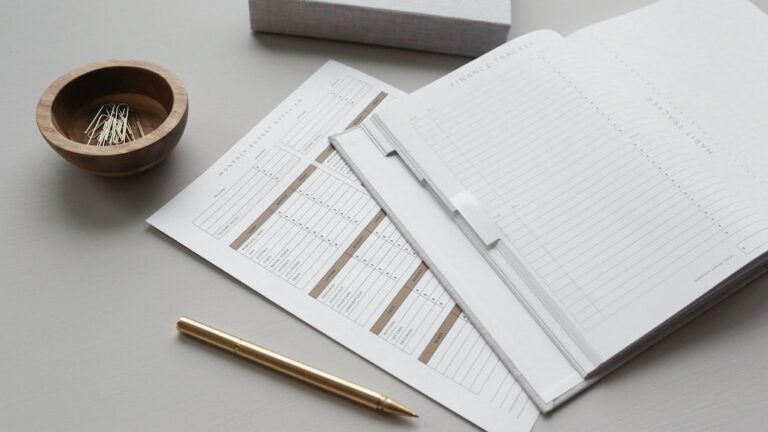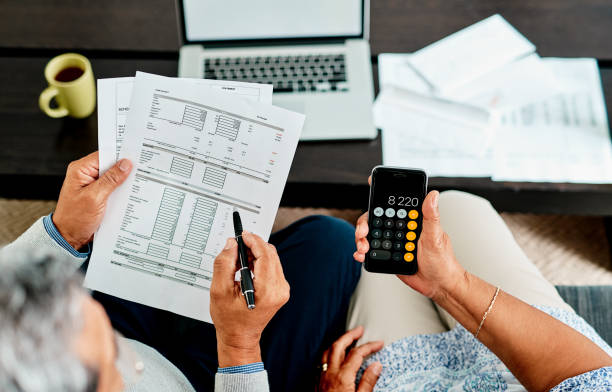Last updated Mar. 11, 2023 by Peter Jakes
Cheques haven’t gone extinct as you thought. In today’s world, online money transfer is the preferred way to make a transaction, but some money transactions will require you to fill out a check.
This article provides a step-by-step guide on how to write a check.
Let me give you a quick overview of the steps to follow to write a check the correct way here:
Quick Overview on How to write a check
Step 1: Add the Date
When presented with a cheque, one of the first things to do is to fill out the date you’ll issue the cheque.
This is an important aspect that shouldn’t be missed. A cheque without a date holds no power.
Step 2: Include the Name of the Recipient
On the line that reads “Pay to the order of”, you have to write down the name of the person or business you’ll be making the payment to. This person is called a recipient or a payee.
The entire legal name of the person is to be filled out on the line. When a check is issued out, anybody has the ability to cash or deposit it.
Hence, it is important to specify the name of the payee.
Step 3: Write The Amount of Money with Numerals
On a check, the amount to be paid will be written in two different places.
The first component is a confined space that is located on the right. Fill in the monetary amount with the corresponding numerals here.
For instance, if you want to write a payment for one hundred dollars & thirty cents, you should write $100.30 on the check instead of $100.
Make sure to write this down accurately in order to avoid transactional mistakes.
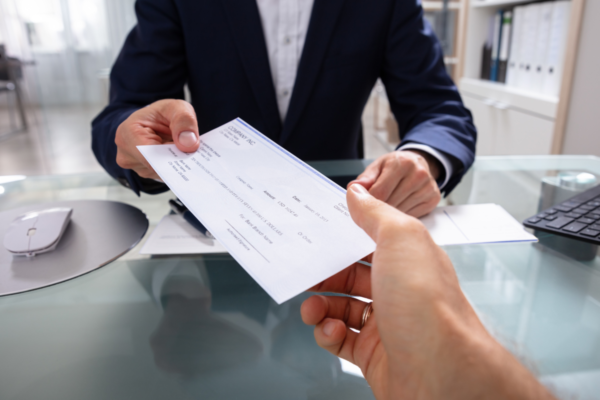
How to write a date on a check
On the line that is titled “Date,” you need to make sure that you input the month, day, and year in its entirety.
You have the option of writing out the dates “September 1, 2020”) or using digits (9/1/20 or 09/01/20).
How to Write a Check Online
With the use of an Online Check Writer, you can write a check online.
Write a check online just by filling out the date, the payee’s name or the name of the firm, the amount to be paid, the numeric amount filled in, and your signature in the bottom right corner.
More in-depth summary of how to write a check the correct way
Checks have been one of the simplest ways to move money for decades. Even as digitalization has brought other options, checks are still a valid form of payment and are accepted by most banks. However, while it may seem as simple as just writing a command on paper, filling out a check can be quite tricky.
If one isn’t careful, you may fill in a command that will either get the check rejected or change the narrative. So you must learn how to fill a check before giving out one. Therefore, here is a helpful step-by-step guide on how to fill out a check.
Step 1: Ensure You Have Funds In Your Checking Account
Before writing a check, make sure that you’re ready. One of the ways to check your preparedness is by confirming if you have enough funds in your checking account. Ensure you have sufficient funds in your checking account. Otherwise, the check may “bounce” and create problems, such as hefty fees and potential legal issues.
Writing a check can be cumbersome, and it’s not the quickest way to move money. You might have other better options that can help you save money. For instance, you can pay bills online and even inform your bank to forward a check automatically each month.
By this, you won’t need to write a check, pay for postage, or receive the check in the mail. You can get a debit card and spend with that instead. You’ll pay out of the account but do it electronically.
There’s no need to provide a check (which you’ll have to re-order), and you’ll get an electronic record of your transaction with the payee’s name, including the date of your payment and the amount.
Furthermore, you can set up an automatic payment for regular payments like utility bills and insurance premiums. There’s generally no charge to pay this way, and it makes your life easy. Just be sure that you’ve got enough cash in your account to cover the bill.
Step 2: Fill in All Information
This is the vital step of filling out a check. It includes adding the necessary commands on the check before handing it over for cashout. However, to get this right, you need to be careful. So here is a guide to filling in the information.
- Insert Current Date: The section where you’re required to add a date is at the top right-hand corner. In most cases, you’ll write the current date, which is crucial for helping you and the recipient keep accurate records. Similarly, you also have the option of postdating the check, but that may not work the way you think it will. It’s best to insert the date you intend to cash it in.
- Fill in Payee: On the section that says “Pay to the order of,” insert the name of the organization or person you’re paying. However, if you’re unsure what to write, you may have to inquire, “Whom do I make the check out to?” because this information must be accurate.
- Write The Amount In Numeric Form: On the box (on the far right-hand side) close to the payee section, include the exact amount of your payment. Since the box isn’t very large, it’s best to start writing as far to the left as possible. For example, if your payment is for $9.15, the “9” should be right up against the left-hand border of the box to prevent fraud.
- Write The Amount in Words: Next, write the amount to avoid fraud and confusion. This is immediately after filling in the numeric section. Remember, the amount in words must tally with the numeric form. If you write a different amount from the numeric form you entered in the previous step, the amount you wrote with words will automatically be the amount of your check. Use all capital letters and draw a line to complete the remaining space when ting.
- Include a Valid Signature: This step is crucial—a check will be invalid without a signature. Write your signature at the bottom right-hand of the check. Ensure that your signature does not cross the line. Also, remember to use the same signature on file at your bank.
- Include a Memo (Optional): This step isn’t necessary as it will not affect how your bank will process your check. The memo line is used to add a reminder or information on why you wrote the check. It might also be the section to write information that your payee will normally use to process your payment. For example, you could add your Social Security Number on the memo when paying the IRS or the account number for utility payments.
Step 3: Take Record of Your Payment
After writing out the check, ensure you record the payment. You can use either an electronic or paper check register for this purpose. Recording the payment will prevent you from paying the money twice—the funds will still display as available in your bank account until after the check is cashed or deposited, which could take a while. It’s advisable to make a note of the payment as soon as you forward the check, so you don’t forget.
Keeping a record of every check you write in a check register will help you to keep track of your spending so you don’t bounce checks. Similarly, you’ll know where your money goes; you shouldn’t rely on your bank statement for this purpose as it only contains the check number and amount and without a description of whom you wrote the check to.
Furthermore, making a record of your payment can help you easily detect fraud and identity theft in your checking account.
Banks usually give customers a check register when giving out checkbooks. However, you can easily make yours using paper or a spreadsheet if you don’t have one.
To do this, write down all of the necessary information from your check, including the check number, the date you wrote the check, whom you wrote the check, and the amount the payment was for.
Meanwhile, you can also use your register to balance your checking account. The habit of double-checking every transaction in your bank account helps ensure that you and your bank are on the same page. Likewise, you’ll be able to identify if there are any mistakes in your account and if anyone has failed to deposit a check you wrote them.
Your check register can also highlight an instant view of your available amount, so you don’t need to depend on your bank for this information. Although record keeping isn’t a necessary step for filling out a check, it’s a very important aspect of post-filling a check.
Tips For Filling Out A Check
Since checks typically lack the security features of credit card and currency transactions, it’s relatively easy for fraudsters to do some harm to your bank account.
Therefore, we’ve provided a few tips to prevent your checks from being the target of fraudsters.
Don’t sign on a blank check: it is your signature that makes a check legal. So if you don’t fill out the payment amount or recipient, anyone could insert their name as the payee and thereby make the check out for more than the amount. And if you have the amount in your account to cover the check, it’ll go through. Also, ensure you don’t sign all the pages of your checkbook: only sign when you want to cash it.
Always use a blue or black pen to write a check: Avoid using pencils to write checks, as the recipient can easily erase and alter them. Ideally, blue and black ink is the best to use for a check as they show up well on bank scanners. Also, using blue ink can easily tell if the check is original or a black-and-white photocopy.
Do not leave space in the amount box: An easy way to alter a check is to simply add a digit in the amount box either at the beginning or end (making $20 into $200, for instance). However, you can prevent this by ensuring you align the numbers at the left-hand side of the box and drawing a straight line after the amount to fill the remaining space of the box.
Don’t write checks payable to “cash”: If you use “cash” instead of the real name of the person (the payee), anyone in possession of that check can cash it. And in the case where the check gets lost or stolen, you risk losing your money. So ensure that you write the full name of the person receiving the check.
Always “void” rejected or unused checks: If you made a mistake while filling out a check, don’t just throw it in the trash; if someone finds it, they could complete writing the check and cash it. So to make the check invalid, simply write “void” in big letters over the check. This will prevent anyone from using it in the future.
Frequently Asked Questions on How checks
How Do I Write A Check To Someone For Cash?
Simply write “Pay to the Order of” and include the third party’s name below your signature. It’s crucial to write the name of the person (payee) you are signing the check to in the area under your signature. It shows to the bank that you’re endorsing the transfer of ownership for your check.
What Is The Format Of A Check?
The format of a check is a pay line: which designates the person receiving the money, a dollar box, where the value of the check is written in numerical format. There’s also the amount of the check: a section used to write the value in words, and lastly, the memo line: used to write the purpose of the check.
Can I Give Someone A Check For Cash?
Most banks allow customers to deposit or cash a personal check for someone. However, this is especially for people without a bank account, as it enables a family member or friend to cash in a personal check for you.
What Are The Five Required Items When Writing A Check?
The recipient’s name, amount (in numerical form), amount (in expanded word form), signature, memo, and (optional). All these are necessary (except for the memo) for a check to be accepted by the bank.
What Is The Process Of Filling A Check?
The payor (person paying the money) writes the check and gives it to the payee (person receiving the money), who will take it to the bank or other financial institution to withdraw the cash or deposit it into another account.
What is a check example?
An example of a check is the bill you get from a restaurant or a written instruction to your bank to transfer funds to a different party from your bank account.
What are the 12 parts of a check?
A check consists of twelve separate components. These cheque components include the following:
- Account Holder Information
- Check Number
- Date of Issue
- Mathematical Check Amount
- Pay to the Sequence of
- ABA Routing Number or Account Numbers
- Signature Line
- Memo
- Deposit Information
- Amount Written in Words
- Checking Account Number
- Fractional Bank Number
Who signs the back of a check?
The payee must endorse the back of a check in order to get the money. This is an indication that the person who signed the checks is the payee.
Summary
In this digital age, the use of checks is still a common phenomenon despite its declining popularity. Hence it is important that you know how to fill a check.


